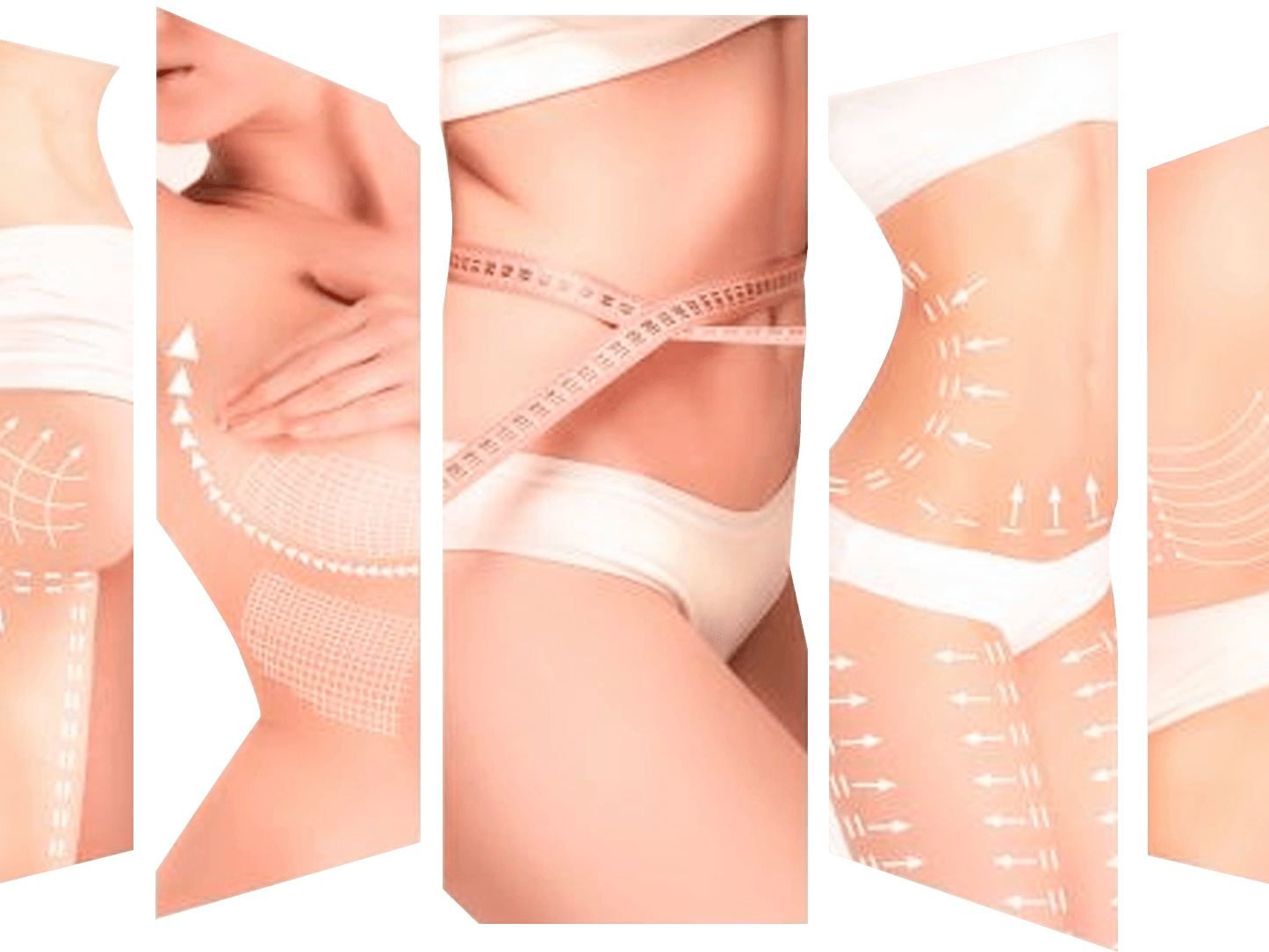Procedure overview
Breast Lift And Fat Transfer
Many women find that their breasts sag and lose volume following childbirth or weight loss. A way to correct this is by repositioning your existing breast tissue and then to add volume using your own fat.
Breast Lift
Why Consider This Option?
For a breast to be attractive, it is not only size but also shape that is important. To increase breast size, for years surgeons have been restricted to using implants. These are essentially round silicone rubber devices with little variation in shape. They are available in different profiles and round and ‘anatomical’ shapes, but the reality is that the implant shape often does not fit the shape of the breast. We have to choose the closest fit.
The advantage of Autologous Fat Transfer (AFT) is that the fat can be grafted exactly where it is needed. Usually this is in the area of cleavage between the breasts and also in the upper poles.
Whilst many patients do have sufficient volume in their breasts, the breasts may have sagged significantly. The breast tissue will need to be repositioned to improve the breast shape. Autologous Fat Transfer can then be used to enhance not just the size but also the shape of the breasts, in a way that may not be achieved by the use of breast implants.
Breast Lift
How Do I Know If I Am A Suitable Candidate For This Procedure?
Breasts sag in a number of stages. This is assessed by how far the nipple has dropped in relation to the fold under the breast.
If your nipple has dropped so that it is at the same level as the fold under the breast, then it is possible that only fat transfer will be required. This is because increasing the volume of your breasts will likely naturally raise the nipple.
If your nipple has descended below the fold beneath the breast, then it is likely that a breast lift procedure will be required. The nipple stays attached to the breast tissue but the whole complex of nipple and underlying breast tissue is raised and the skin tightened around the breast to raise the nipples and create a more rounded breast shape. If additional volume is required then, rather than an implant, this is can be achieved by Autologous Fat Transfer.


Breast Lift
How Is Autologous Fat Transfer Performed?
Autologous fat refers to your own fat, which is harvested from areas such as the hips, thighs and abdomen. If excess fat is present in these areas, then a bonus of the procedure is that you would have the benefit of liposuction to these areas to reduce their size. Even if no excess fat is present, usually a sufficient amount of fat can still be obtained from deep in the hips and thighs in order to produce a significant volume enhancement.
Once the fat is harvested, it is prepared by several washing/filtration cycles designed to help ensure that the fat that is grafted into your breasts is of high quality and will survive and grow.
The fat is then grafted into the breast tissue not just to increase the volume of your breasts but also to enhance areas such as the cleavage and the upper pole.
Because the breast lift procedure involves tightening the breast skin, incisions are made around the areola and also on the under surface of the breasts. Because no implant is used, these incisions are not often placed under excessive tension and therefore usually heal well.
Several small incisions are also made at the fat donor sites but these also usually heal well and fade.
*All surgical procedures carry risk and you should discuss these risks with your surgeon prior to consenting to any operation.
Breast Lift
Frequently Asked Questions
This operation usually takes approximately 2 hours.
If your operation is performed as a Day Case, you will be able to go home (or, if from out of town, return to your accommodation) within a few hours of completion of the procedure. You will need a responsible adult to accompany you and to remain with you for the first night. You will then be reviewed by our dedicated surgical nurse the next morning. An overnight stay at Windsor Private Hospital is also available. For regional/interstate/international patients, accommodation is available close by.
There is usually less pain than after an operation to insert implants! Any pain due to the procedure should be relieved with our prescribed medication.
No major complications are anticipated following this procedure, but all surgery carries risks which are important to understand. Complications include bleeding, infection, alterations in nipple sensation, inability to breastfeed in future, nipple/areola necrosis (loss of nipple and areola), poor scarring and wound breakdown. There may be skin irregularities at the fat harvesting sites such at dints/depressions and asymmetry.
This listing is not all-inclusive and a thorough discussion will occur during consultation with your surgeon including ways to mitigate risks prior to surgery and steps taken to treat complications should they occur.
The incisions from the breast lift procedure are usually healed in a few weeks. All patients are placed on a 12-week scar maturation programme to ensure the least possible scarring after the operation. You can also expect to be started on our programme to grow the fat cells in your breasts following your surgery.
Most patients are able to return to normal activities such as shopping, driving and going out to dinner within several days of the operation. It is best to avoid strenuous activities or exercise for 6 weeks.
You will be seen the next day when your dressings will be checked. No drain tubes are required. You will be fitted with a supportive bra and you will also be required to wear a supportive compression garment on the areas from where the fat has been removed. You can expect to be placed on our special programme designed to enhance growth of the fat that has been grafted into your breasts.
The sutures placed in your breasts are dissolvable but a few knots may require trimming and sutures from the donor sites may also need to be removed after about 1-2 weeks.
Although we usually advise 1-2 weeks off work, you may be able to return to work sooner, especially if your work is sedentary in nature.